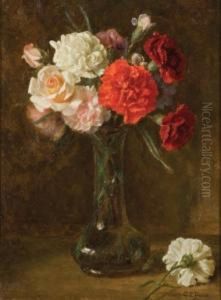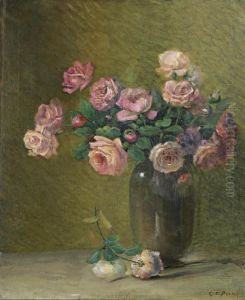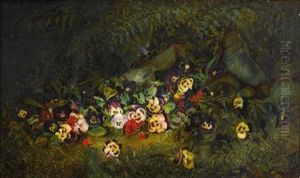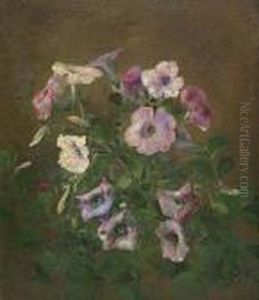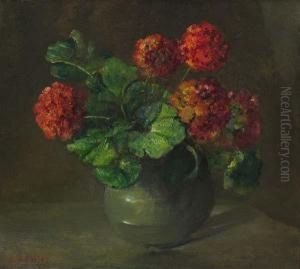Charles Ethan Porter Paintings
Charles Ethan Porter was an African American still-life painter, best known for his realistic depictions of fruit and flowers. His precise and detailed work captured the subtle nuances of light and shadow, showcasing his technical skill and artistic sensitivity. Born in Hartford, Connecticut in 1847, during a time of significant racial prejudice in the United States, Porter faced numerous challenges throughout his career due to his race.
Porter showed artistic talent from a young age and began his formal education at the National Academy of Design in New York City, one of the few art institutions accepting African American students at the time. His studies were supported by his community and notable figures, including Mark Twain, who admired his work and helped fund his education.
Despite his exceptional talent, Porter struggled to gain recognition and sell his paintings. In the 1870s, he opened his own studio in Hartford, but success was limited. He continued to paint and occasionally exhibit his work, with some periods of better financial stability and critical acclaim, but these were often short-lived.
In the 1880s, Porter moved to Europe, as many American artists did, to further his training. He spent time in Paris, which was then the center of the art world, and was exposed to the works of various European masters. This experience influenced his painting style, seen in his use of color and composition.
Returning to the United States in the late 1880s, Porter settled in Hartford once again and continued to work, although he remained largely unrecognized by the art establishment. In his later years, he faced financial difficulties and poor health, which affected his ability to paint.
Charles Ethan Porter's work was rediscovered and reassessed in the late 20th and early 21st centuries, leading to a newfound appreciation of his contributions to American art. His still lifes, now considered to encapsulate both the beauty of everyday objects and the resilience of an artist working against the odds, are part of various public and private collections. Porter passed away in 1923, leaving behind a legacy that has only grown in stature with time.
